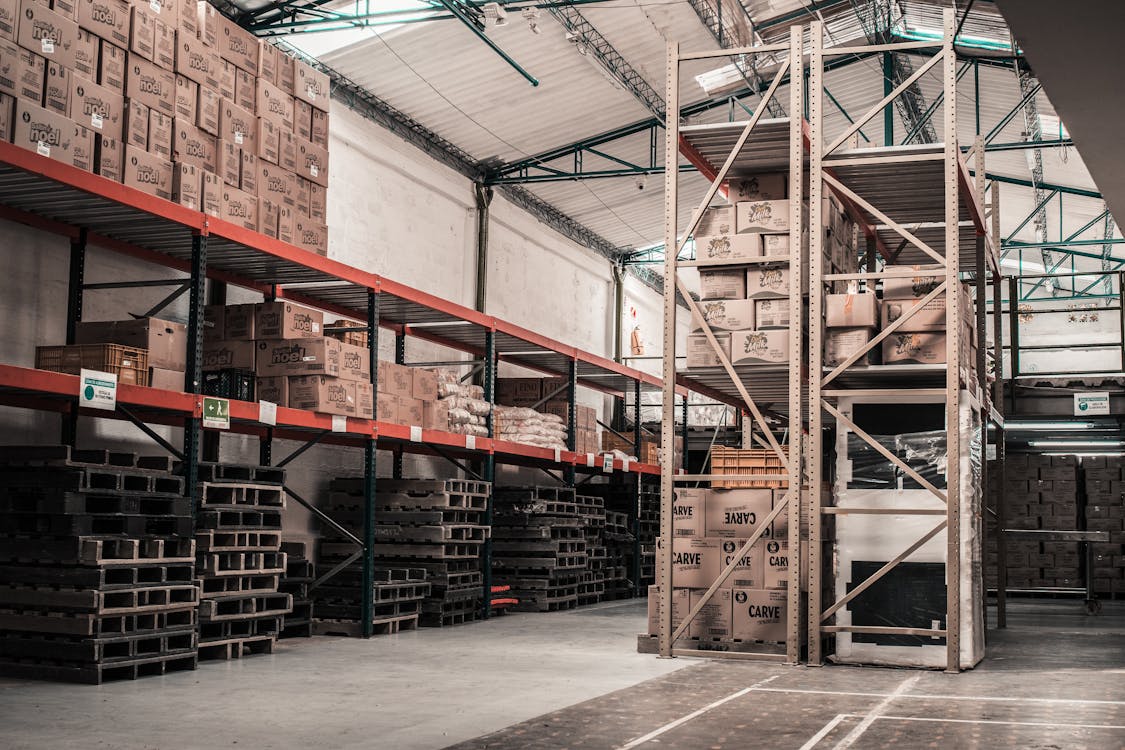Most people underestimate how tough it is to run a well-organized and efficient warehouse. While some may feel that the function of these facilities is to hold goods before they are exported or dispersed for sale, a well-designed warehouse system is far more complex.
Warehousing is a method of managing commodities and cargo in order to make them conveniently available for transportation whenever it is required. In today’s consumer climate, running a well-organized warehouse is arguably the most important aspect of business. The top 14 attributes of a profitable warehouse are listed below.
1. Employee Education
Not only can having a well-trained team improve safety in a potentially hazardous workplace, but it also boosts productivity and makes your job as a manager easier. Early on, train your personnel to ensure that the warehouse’s activities run smoothly and efficiently. While the majority of staff will be able to stock shelves, not all will be able to follow basic processes. Correct incorrect behavior as soon as it occurs to avoid it becoming the norm on the floor.
2.Safety
In safety warehouses, heavy machinery, large merchandise, slippery surfaces, and short import and export times are all typical. With all of this in mind, your employees’ safety should be your first priority. Take, for example, MHRA approved warehousing UK. A comprehensive safety training program should be in place, and each new member of staff should be evaluated on their comprehension of safety procedures after completing the training.
 3. Security
3. Security
Because warehouses are commonly used to keep a huge quantity of valuable objects, they are a popular target for thieves. A well-equipped warehouse should have tight security 24 hours a day, seven days a week to avoid theft. To cover all areas, consider installing surveillance cameras both inside and outside your warehouse. The safety of products must be a top priority.
4. Location in relation to the market
Your warehouse should be in an easily accessible and well-connected area. Proper transportation and communication links, such as highways, railway stations, airports, and seaports, are essential for your things to be readily loaded and unloaded. This is not only more convenient for your staff, but it also enhances the commercial operations of the warehouse.
5. Parking and Landscaping in the Surrounding Areas of the Building
Regardless matter where your warehouse is located, you must have ample parking space surrounding it. This is essential to improve the efficiency of product loading and unloading.

6. Storage Locations
This is a crucial factor to consider. If you want to run a lucrative warehouse, you must have enough space in the warehouse to keep all of your things in proper order and clear of clutter. This will not only improve organization, but it will also help with efficient commodity transportation.
7. Mechanical Appliances
To keep a warehouse running smoothly, the right machinery is required. This not only saves money on handling, but it also makes it easier to move large or bulky freight.
8. Make a drawing
If your warehouse contains extremely huge and heavy goods, your racking system will need to be built to handle them. If you’re storing cold food, you’ll need to prioritize your refrigeration system to keep the goods from spoiling. Whatever product your warehouse stores, be sure it was built with this in mind.
9. Procedures in Case of Emergency
At all times, your warehouse must be prepared for the possibility of an accident or other emergency. Take the time to plan an effective and safe response in the case of a fire, flood, mechanical failure, or other disaster.
10. Organization
Organization is critical if you want incoming product to get to the appropriate areas and your pickers to discover it in a timely manner. Create a system for arranging your resources in the most efficient manner for your workflow.
Consider where the various things will be placed logically rather than merely organizing for the sake of organizing. The most popular items should be shown front and center, and often requested items should be placed together in the same aisle, and so on.
11. Procedures for Receiving Visitors
As soon as materials arrive at your warehouse, they should be examined and validated. Any shortages or faulty items should be identified as soon as possible by the staff. It’s also vital to ensure that the items are moved to the proper storage place as quickly as feasible throughout the receiving procedure. Materials left in the receiving area may be in your system, but pickers will have trouble finding them on your shelves.
 12. The Methodology of Selection
12. The Methodology of Selection
The amount of time spent selecting orders may make or break the efficiency of a warehouse. If you are properly organized, you might make a pick list to save time and resources.
If you send a small number of orders with a large number of items often, structure the lists so that the picker may move from one material location to the next without having to travel back and forth. Make pick lists in batches if you’re delivering a lot of little orders, and then separate the goods per client order once it’s validated.
13. Quality Control
A product must be examined as soon as it arrives at the shipping station before being packed and processed. Because packers don’t have time to double-check everything, it’s vital to catch mistakes as soon as possible so that everything may be put back in its right place. Allowing a large number of incorrect products to accumulate would just clutter the space and may result in shortages on following orders.
14. Selecting the Appropriate Software
There are several possibilities when it comes to material handling and warehouse management software. Programs are commonly used for inventory control, labor, equipment maintenance, shipping, and other purposes. Do your research and choose software that provides the greatest solutions for your company’s demands.





